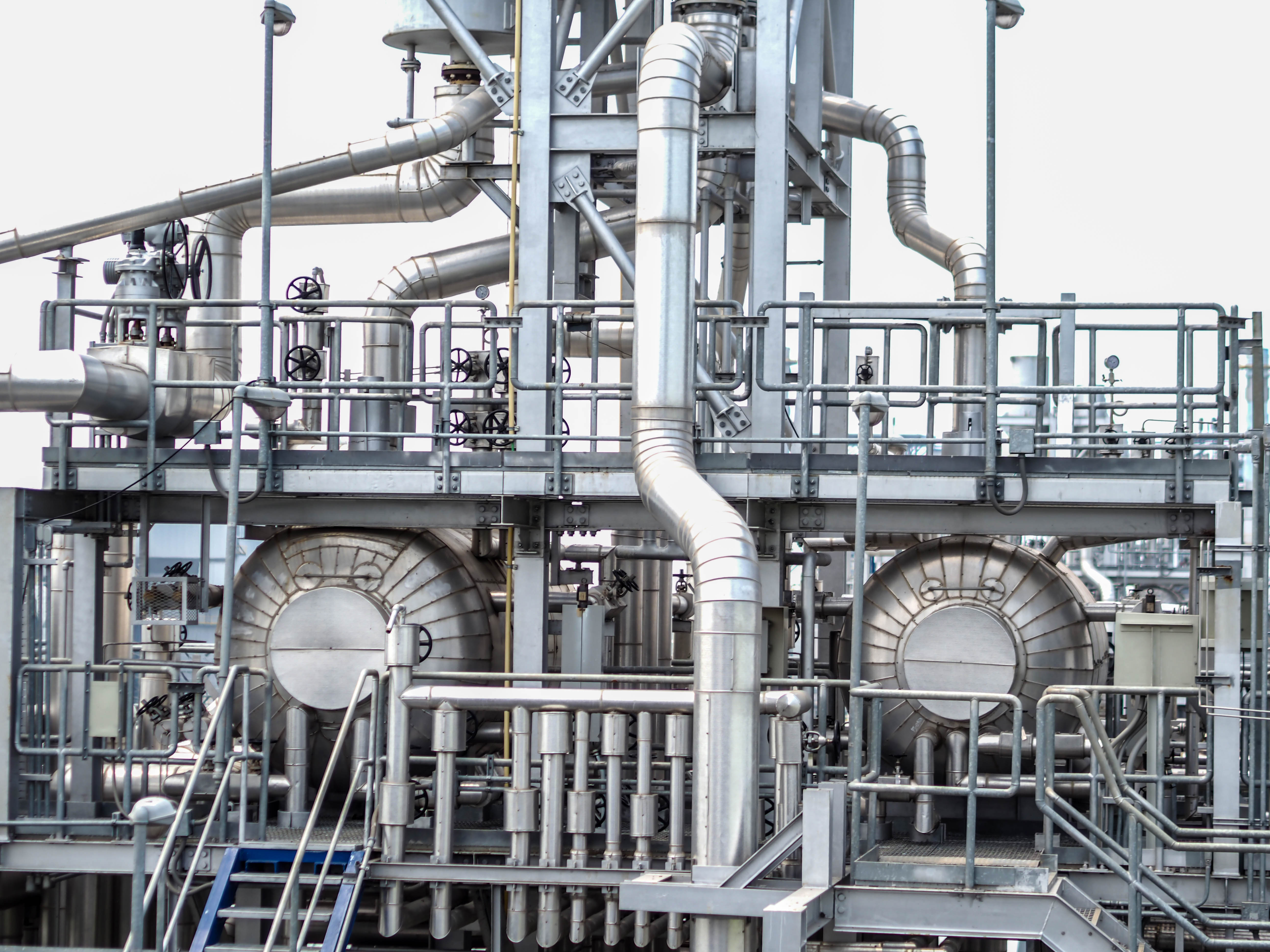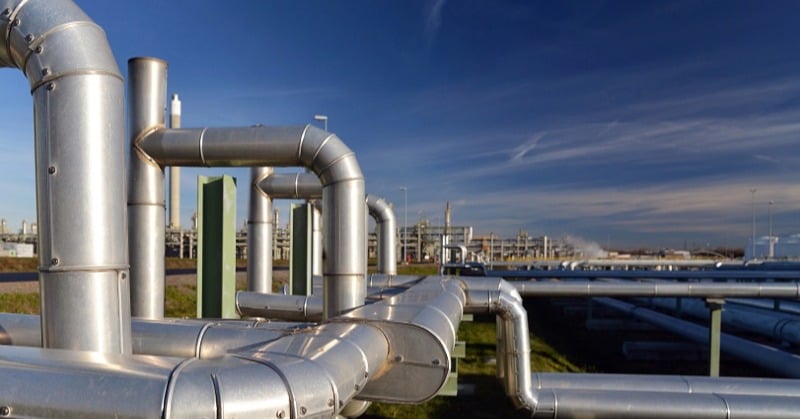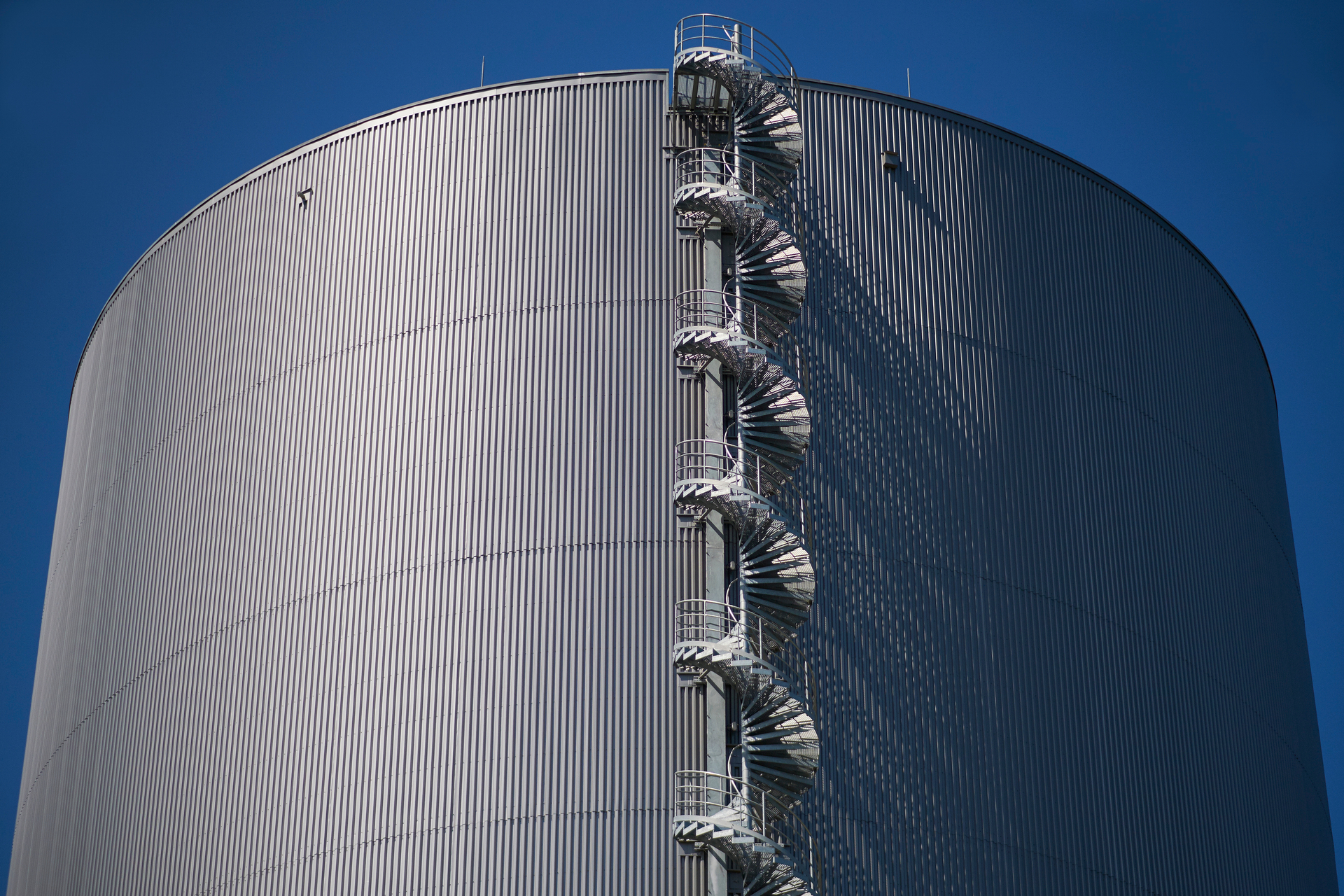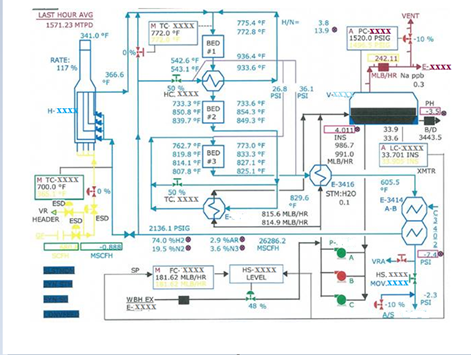Operations managers have many priorities to juggle in their workday. Some of these activities are completing emergency repairs, resolving instrumentation issues, meeting production targets, preparing and presenting reports. When a company purchases a new APC projectit may fall to the bottom of the priority list due to other activities requiring more attention. Why is it important to start APC activities soon after the contract award? What are the convincing arguments for operations managers that will help them move the APC project higher up the priority list and start implementation as soon as possible?
Why you should implement soon after awarding an APC project
Topics: PID tuning, Advanced Process Control
Ratio control is an essential element in the toolbox of control engineers to control various industrial processes. The objective is to maintain the ratio of two flows at a specified value. The desired ratio can be either manually entered by an operator or automatically set by another controller. At least one of the flows needs to be controlled by a PID controller (or at least a valve should be available to control the flow). The ratio can be calculated based on the flow measurements or based on the setpoints of the flow controller(s). The ratio controller can be configured in different ways in the DCS. The different approaches and their pro’s and con’s are described in this blog.
Topics: PID tuning
How to configure PID structures for distillation columns
As a control engineer, you may get called by plant operators when a PID loop is a “bad actor”, causing problems on a distillation column. The process upset caused by this PID loop may have a destabilising impact on downstream process units as well, potentially causing widespread impact. Quite often, the “quick fix” for process operators is to insert these bad acting PID loops in manual. While this mitigates the immediate issue, the cost of such actions is poor performance of the distillation column. The control engineer is tasked with rectifying the problem. Is this a PID tuning issue or are the PID loops on the distillation column configured incorrectly? How would you ensure that the PID structures on a distillation column are configured correctly? You can read it in this blog.
Topics: PID tuning
How to successfully configure and tune a split range PID control strategy
A split range control strategy uses software or hardware-based splitter and two or more final control elements to control a process variable. You can find split range strategies in different applications across process industries such as temperature control with heating/cooling media, large and small valves installed in parallel, pressure control with a vent valve, etc.
Usually, split range applications are tricky and time consuming, and you should know what I’m talking about as a process control engineer.
Oscillations over the entire range of operation and across the split point, typically improperly selected at 50%, are common in real operation.
This blog will discuss the usual problems you might face when configuring and tuning a split range strategy and the possible and practical solutions to overcome it.
Topics: PID tuning
Low risk investment and guaranteed benefits with APC project
Every operations manager would like to improve the performance of their asset in a safe manner. You need to steer your plant operation through rapid business changes, and maintain products within the specified targets while always maintaining safe plant conditions. Further optimisation of your operation is not feasible with the current tools, and you know that Advanced Process Control (APC) has been successful in making further improvements in similar processes. How do you go about adopting APC for your facility?
Topics: PID tuning, Advanced Process Control
Engineers are often tasked with troubleshooting and resolving process performance issues. The feedback from operators could be statements such as “this PID loop does not work in Automatic” or “I am always getting alarms in this variable” or “this PID loop has never worked in Automatic”. Understanding how to tackle these issues efficiently and effectively requires a systematic approach along with a good PID tuning tool. This blog explains how to go about achieving success in resolving PID tuning issues.
Topics: PID tuning
Buffer tanks are built to provide smoother operation to the process, avoiding the propagation of disturbances on the inputs, e.g., temperature, composition, feed rate, to the downstream process. Aggressive tuning methods don't work for buffer tanks since you want to explore the largest volume possible to reduce the disturbances. In this blog, we will explain how you make a compromise with the correct tuning.
Topics: PID tuning
Every DCS has its own set of PID loop equations. A Honeywell Experion DCS features 5 different equations and an Emerson Delta-V DCS can even offer 7 equations. Each equation implies a different formulation of the PID control algorithm. So, each equation might require different tuning parameters to obtain the same or similar closed-loop behaviour. Many control engineers ignore the equation type of a PID loop. Even if you have tuned many different loops, you might not be able to obtain the desired closed-loop performance if you don’t have the right equation selected.
Topics: PID tuning, Plant performance
PID tuning: A low cost way to boost process performance
As a production manager, you have one main goal: optimal and stable operations. You need to reach your production targets while taking care of the plant’s efficiency and safety. Optimal functioning of the entire production process in its broadest sense — achieving objectives for safety, quality, quantity, costs, environmental impact and reliability — is your responsibility. A low cost way t boost process performance therefore may seem like the holy grail.
In this blog, we'll describe 6 ways how PID Tuning boosts plant performance. Are you curious about this holy grail yet?
Topics: PID tuning, Plant performance
Steam drum is a vital part of boiler system in chemical industries. Proper and safe functioning of boiler depends on various parameters such as level of steam drum, flow of feedwater and flow of steam. The pressure, temperature and level of boiler system cannot be regulated directly but depends on the feed-water flow. The pressure or temperature in a boiler system can be maintained by controlling the flow of fuel and air whereas the level can be maintained by regulating the flow of feed water. The purpose of drum level controller is to keep the level at desired value, optimal interface level requires between steam and water within the steam drum. It is essential that the level of liquid must be low enough to assure that there is appropriate separation between steam and water and high enough to guarantee that the water exists in every steam generating tube.
In this blog we will show the 3 most common drum level control schemes and what tuning strategy you should adopt for every strategy.
Topics: PID tuning, PID tuning methods






.jpg)


.jpg)


